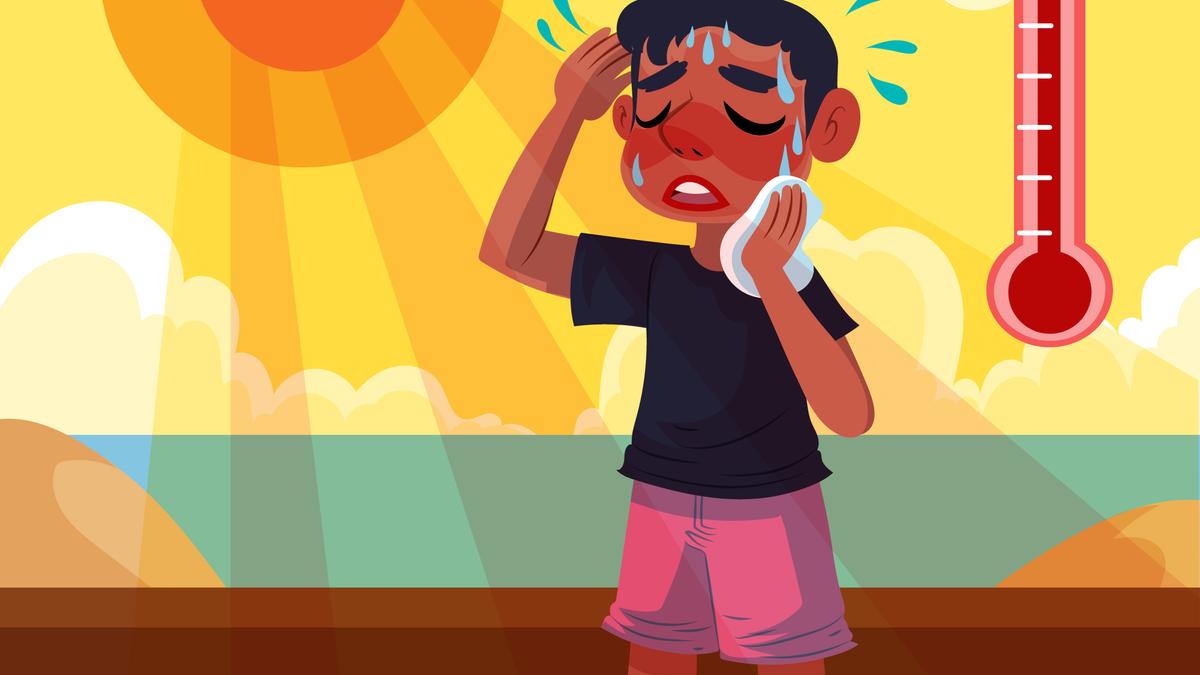
Beat the heat: How to prevent Heatstroke
The Hindu
As the summer sun cranks up the temperature, it increases the risk of heatstroke. It’s not just about feeling uncomfortable; it’s about staying safe. Heatstroke can sneak up on anyone, but it poses a particular threat to kids and parents hustling through their summer adventures.
Heatstroke is an important condition to know about that can happen when your body overheats and can’t cool down.
Heatstroke occurs when the body overheats to an extreme level, leading to a malfunction in its cooling system. Unlike heat exhaustion, which is less severe and typically involves heavy sweating and feeling faint, heatstroke is a critical condition where the body’s temperature regulation fails entirely. In essence, it’s like your body’s internal thermostat going haywire, potentially causing damage to vital organs and even proving fatal if not treated promptly.
Symptoms
To recognise heat stroke before it escalates, keep an eye out for key warning signs. Kids should be aware of symptoms such as hot, dry skin, confusion, rapid heartbeat, dizziness, and nausea. These symptoms occur when the body’s internal temperature regulation system becomes overwhelmed by the heat. When the body can’t cool down efficiently through sweating, it leads to dehydration and a rise in core body temperature. This, in turn, triggers a cascade of physiological responses, including confusion and an elevated heart rate, as the body struggles to cope with the heat stress.
Keeping yourself hydrated, wearing lighter clothes and using sunscreen is the most common action to beat the heat.
The sun is strongest between 10 am and 4 pm, so plan outdoor activities for the cooler parts of the day, like early mornings or evenings.
Expert advice

Gaganyaan-G1, the first of three un-crewed test missions that will lead up to India’s maiden human spaceflight, is designed to mimic - end to end - the actual flight and validate critical technologies and capabilities including the Human-rated Launch Vehicle Mark-3 (HLVM3), S. Unnikrishnan Nair, Director, Vikram Sarabhai Space Centre (VSSC), has said










